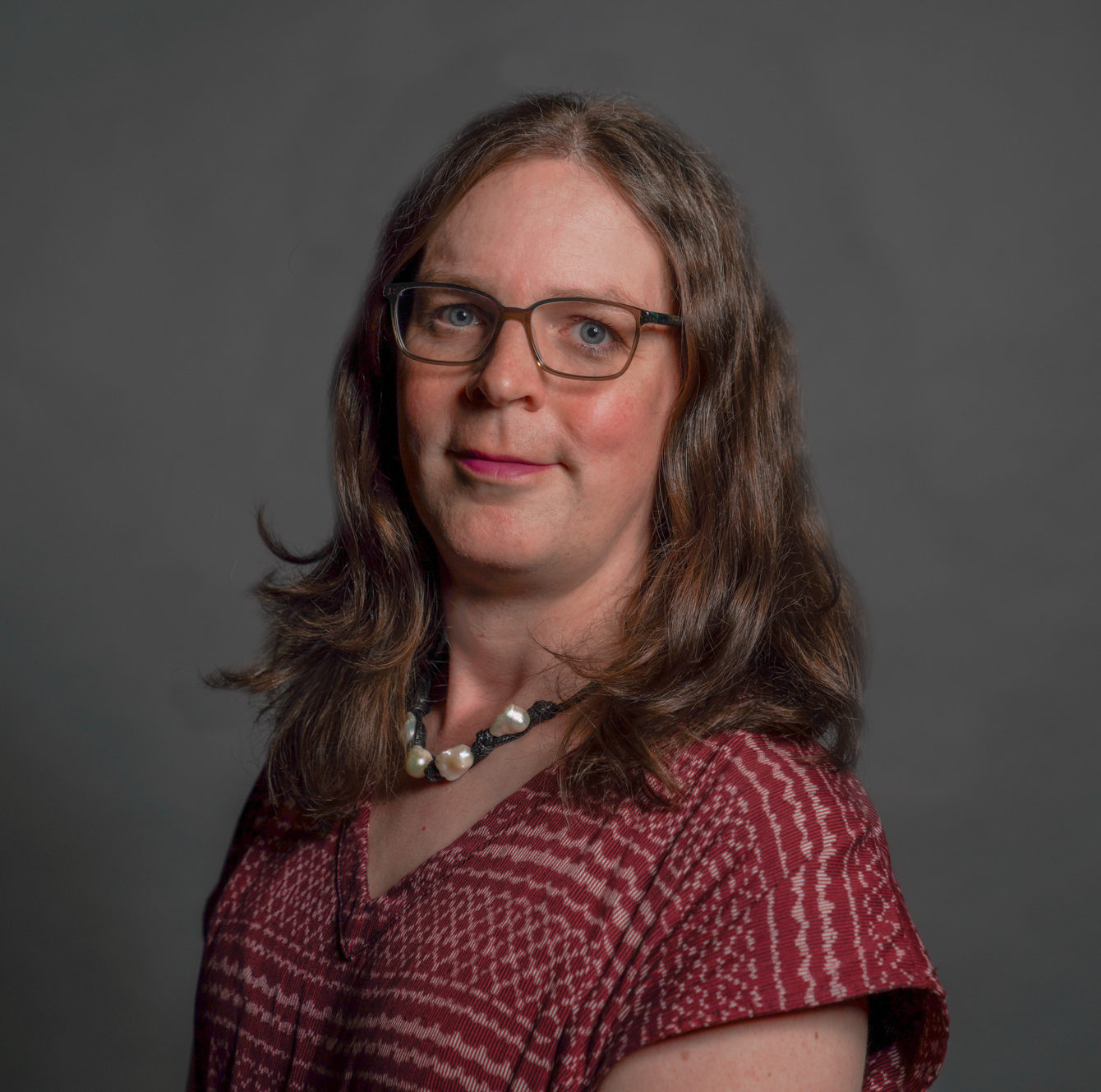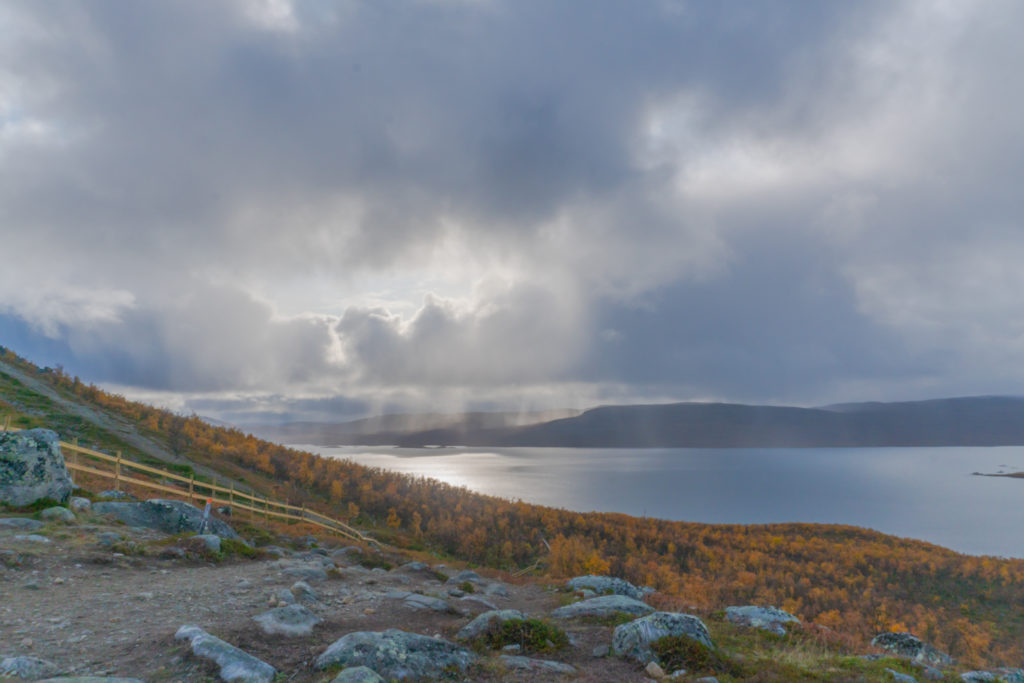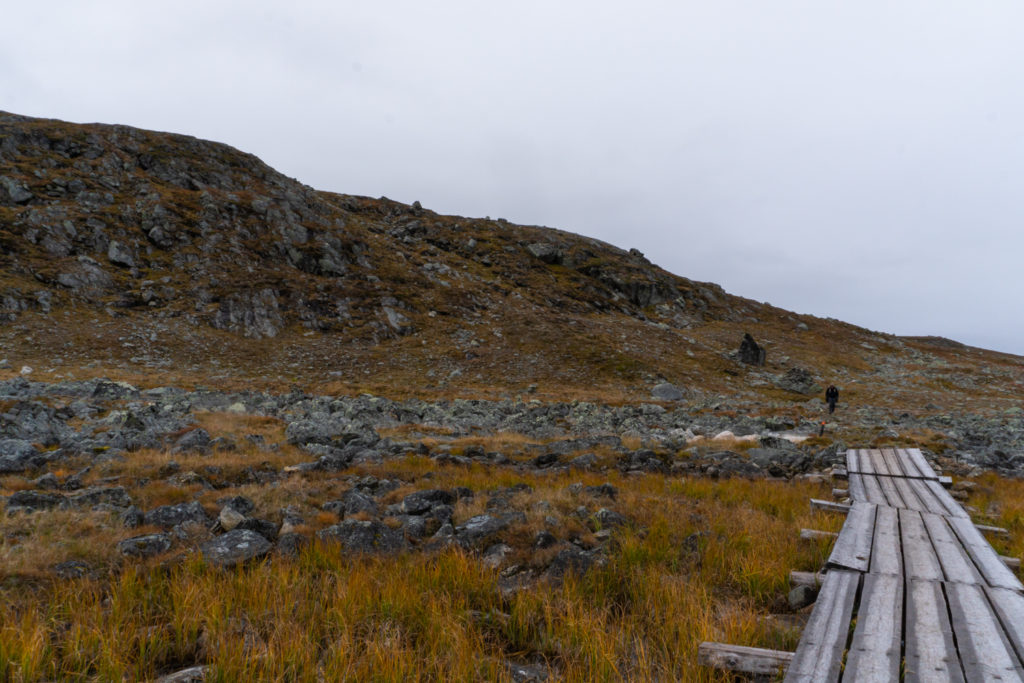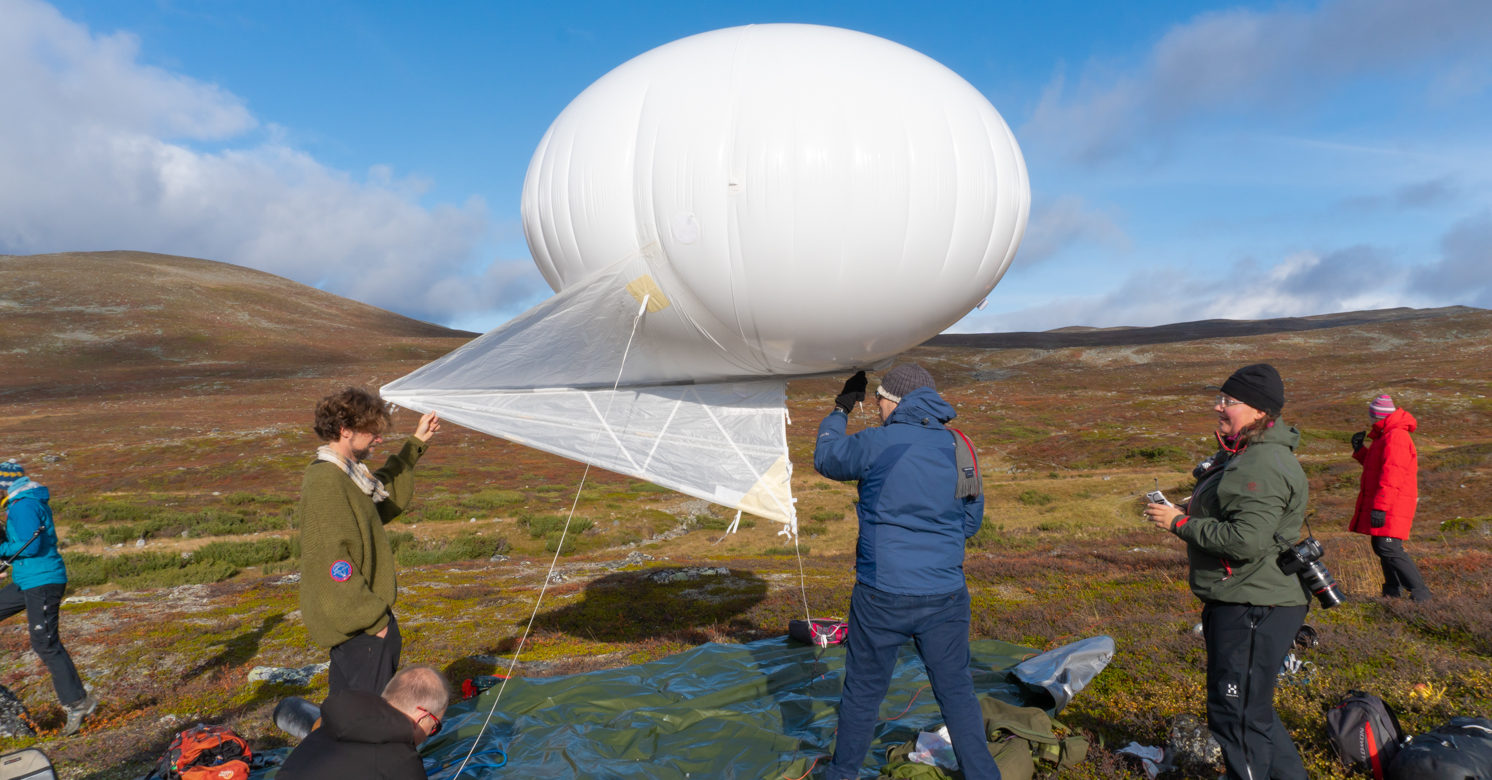Northeastern University faculty member Adriana Knouf, Assistant Professor in CAMD’s Department of Art + Design, recently returned from a residency in Finland that brought together forty scholars to a remote biological research station for a week of exploring, discussion, and experimentation. The art and science field laboratory, Field_Notes: The Heavens, was organized by the Bioart Society, a Helsinki-based association focused on developing, producing, and facilitating activities around art and natural sciences. The residency took place at the Kilpisjärvi Biological Station in Kilpisjärvi, a village in sub-Arctic Lapland, a meaningful context for the week of researching and evaluating what is “above ground,” addressing topics such as life in high altitudes, the ongoing material exchange between earth and space, the atmosphere as a hyperobject, the politics of air and space, life related to the sky, and more.

“Field_Notes allowed me to work with other incredible artist-scientists to explore the myriad of perspectives towards the ‘heavens,’ from investigations of atmospheric changes through ionospheric antennas, to the histories and stories of the Sámi people and their own understandings of the blending of Earth and the heavens above,” said Professor Knouf. “As my work has a lot to do with space and areas beyond the earth, participating in Field_Notes and traveling to Lapland was a chance to engage with materialities and spaces entirely different to what I am used to. In addition to this, I made connections and relationships with many other kindred artists that will enrich my work and life. I’m extremely grateful for this opportunity.”

As a member of the “second order group,” Professor Knouf embedded herself in other groups in the residency as an observer/participant. The work of this group was to, on one hand, conduct research on the rest of the groups, and on the other hand, to push traditional research boundaries, methods, and practices. Professor Knouf and the other philosophers, theorists, and independent researchers who were part of the “second order group” helped to foster non-academic approaches in order to go beyond the viewpoints one tends to adopt by default.
As part of her role in the “second order group,” Professor Knouf has been helping to write logs about the experiences.
Two are published now (click here and here), focusing on her experiences as a second order group member moving around the groups. Professor Knouf plans to continue writing about the experiences.
This residency, which combined art and science in a unique way, echoes Professor Knouf’s own research areas and expertise. She is intimately interested in the mutations that occur when practices of art, design, science, engineering, writing, and poetry intersect and infect each other – and has researched a range of topics, including drones, noise, queer futurities, radio and sound art, speculative and critical design, and xenology. As the founding facilitator of the tranxxeno lab, her writings, projects, presentations, and interventions suggest expansive modes of being in the cosmos while simultaneously imagining new queer futurities. We look forward to continue to see Professor Knouf’s contributions to the CAMD community!



